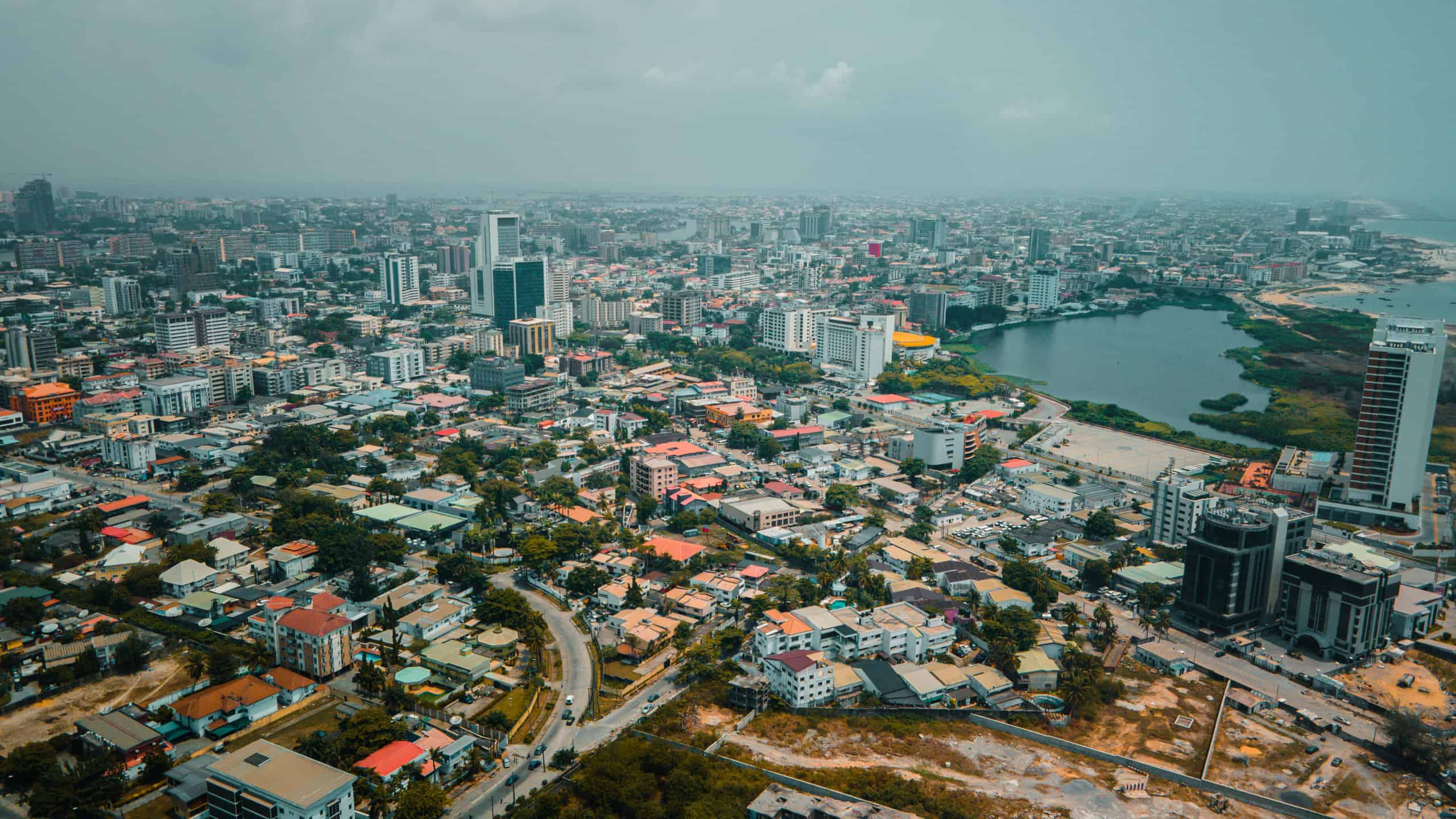As a result of decreased global mortality rates and better healthcare, the world’s population is quickly growing. While the fertility rate is slowly dropping, it can’t match the rapid pace at which several countries’ and cities’ populations are increasing. Some cities are on a fast track to reaching populations that are more than seven times their current numbers.

While most western countries and cities are increasing in population, the numbers aren’t growing as exponentially as those in many eastern cities. In fact, Europe will likely see a -7 % growth in the next two decades. We’ve put together a list of the top ten cities around the world that will have populations exceeding 50 million by 2100.
10. Kabul, Afghanistan
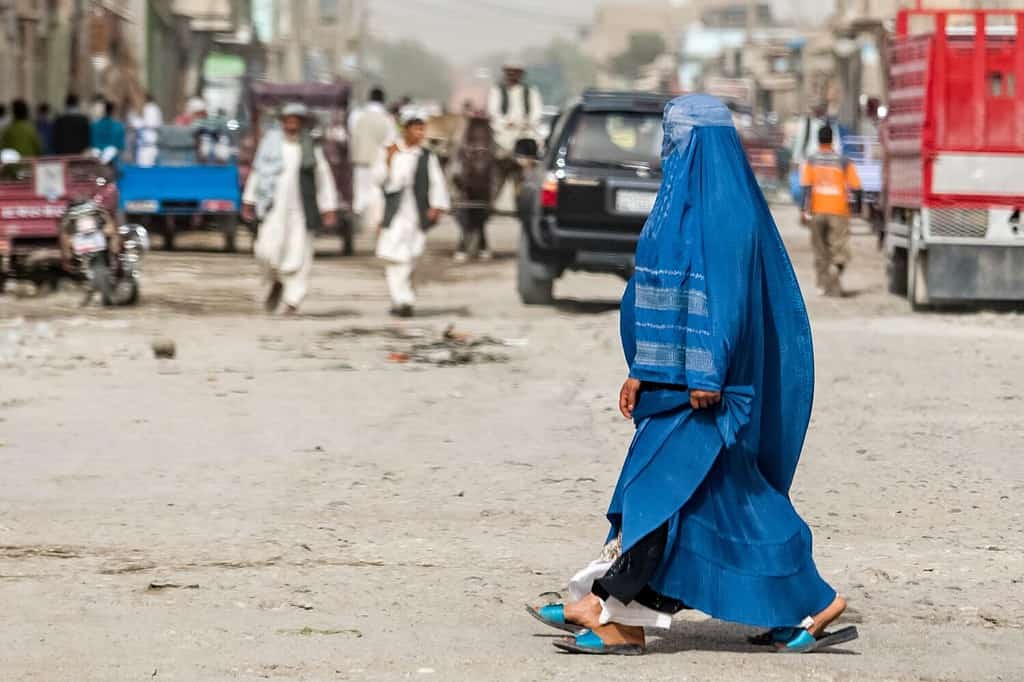
Even though it’s not in the top ten most populated world cities currently, its rank of the fifth fastest-growing city in the world is giving it the predicted tenth most populated global city by 2100.
©279photo Studio/Shutterstock.com
Currently, Kabul has a population of about 4.6 million with a growth rate of 2.93%. From 2020 to 2021, the growth rate was 2.63%, and the following year it was 2.7%. With the growth rate getting larger each year, the city’s population is predicted to be about 50.3 million by the year 2100.
Kabul is the capital of Afghanistan as well as the most populated city. To put this city’s growth into perspective, the population in 1950 was 170,784. It’s grown to over 27 times that number in a little more than 70 years.
However, this rapid urbanization comes with a price. Kabul was initially designed to accommodate around 700,000 people, which has caused about 70% of the city’s residents to live in illegal or informal settlements. Despite the crowded conditions, however, people are still migrating to Kabul.
9. Kolkata, India
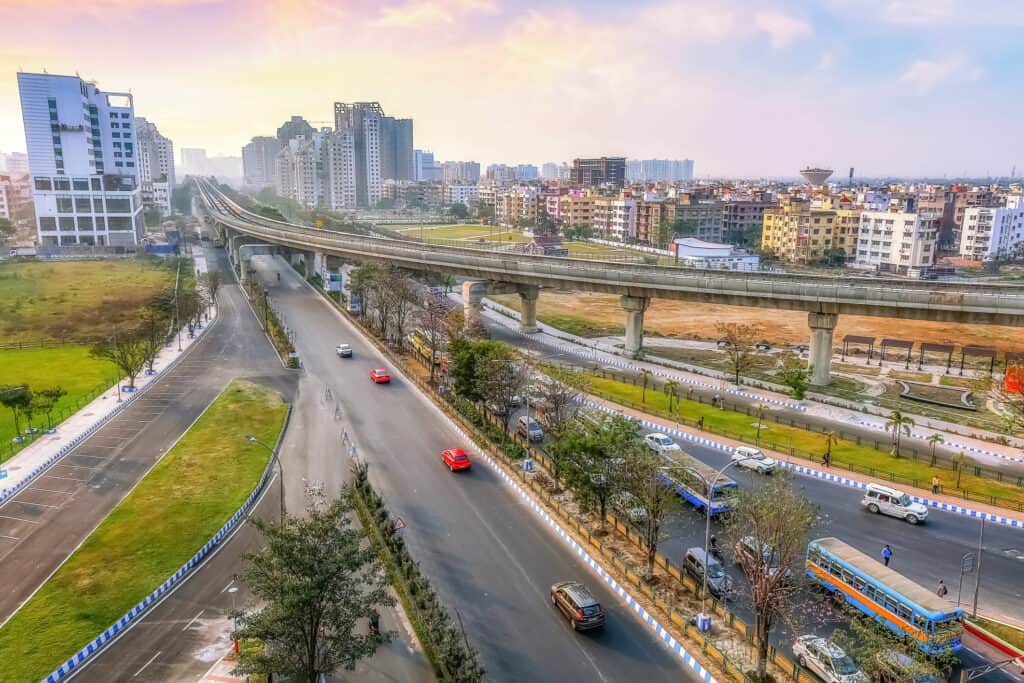
The city of Kolkata is currently the seventh most populous in India and is predicted to be one of the top ten cities with populations exceeding 50 million by 2100.
©iStock.com/Roop_Dey
Formerly known by non-Bengali people as Calcutta, West Bengal’s capital city was officially changed to Kolkata in 2001. In 2023, the city’s population is estimated at about 19.4 million. From 2019 to 2020, the population increased 0.64%. The next year, it increased by 0.84%
In the year from 2022 to 2023, the population increase percentage rose to 1.07%, which shows the trajectory of its growth. With the numbers increasing at this pace, Kolkata is predicted to be home to about 52.4 million people by 2100.
8. Dhaka, Bangladesh
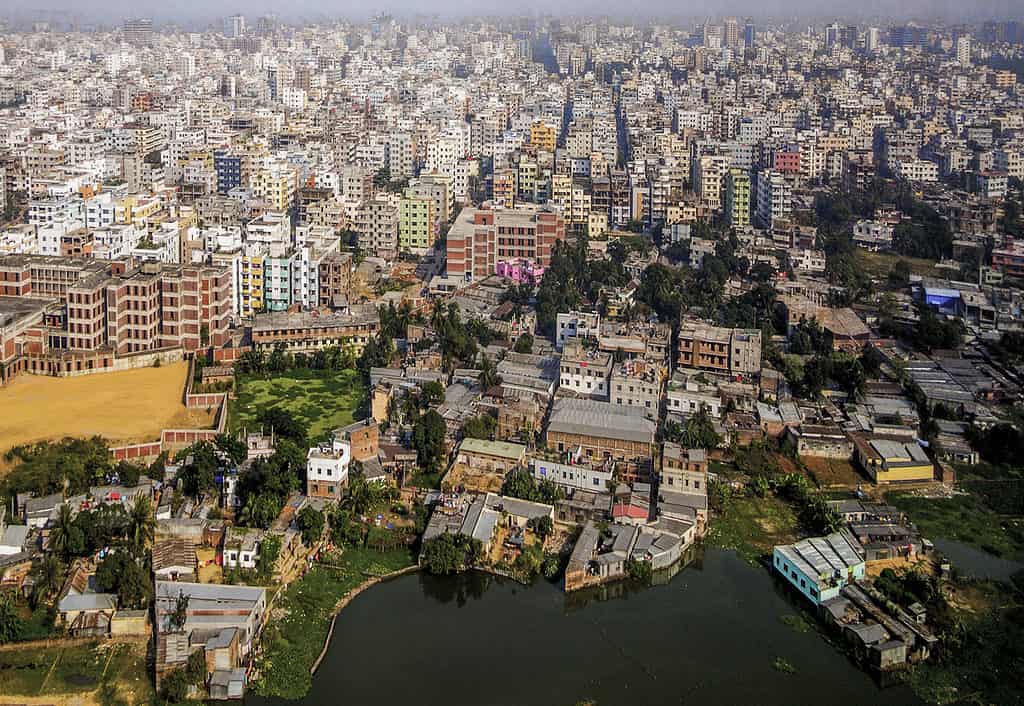
The city of Dhaka, renowned for the multitude and beauty of its mosques and muslin, is one of the top ten cities that will have populations over 50 million by 2100.
©iStock.com/Meinzahn
As the ninth-largest global city in the world and with the seventh most densely-populated area, Dhaka is also the capital of Bangladesh. In 2020, its population was about 21 million, which increased by 3.5% the next year. From 2021 to 2022, the population increased again by 3.39% and then by 3.26% in 2023 for a population of about 23.2 million.
The United Nations expects the population to continue growing, even if not by steadily increasing percentages. The U.N. anticipates that by the year 2100, Dhaka will have a population of 54.2 million, which is twice its current population.
7. Niamey, Niger
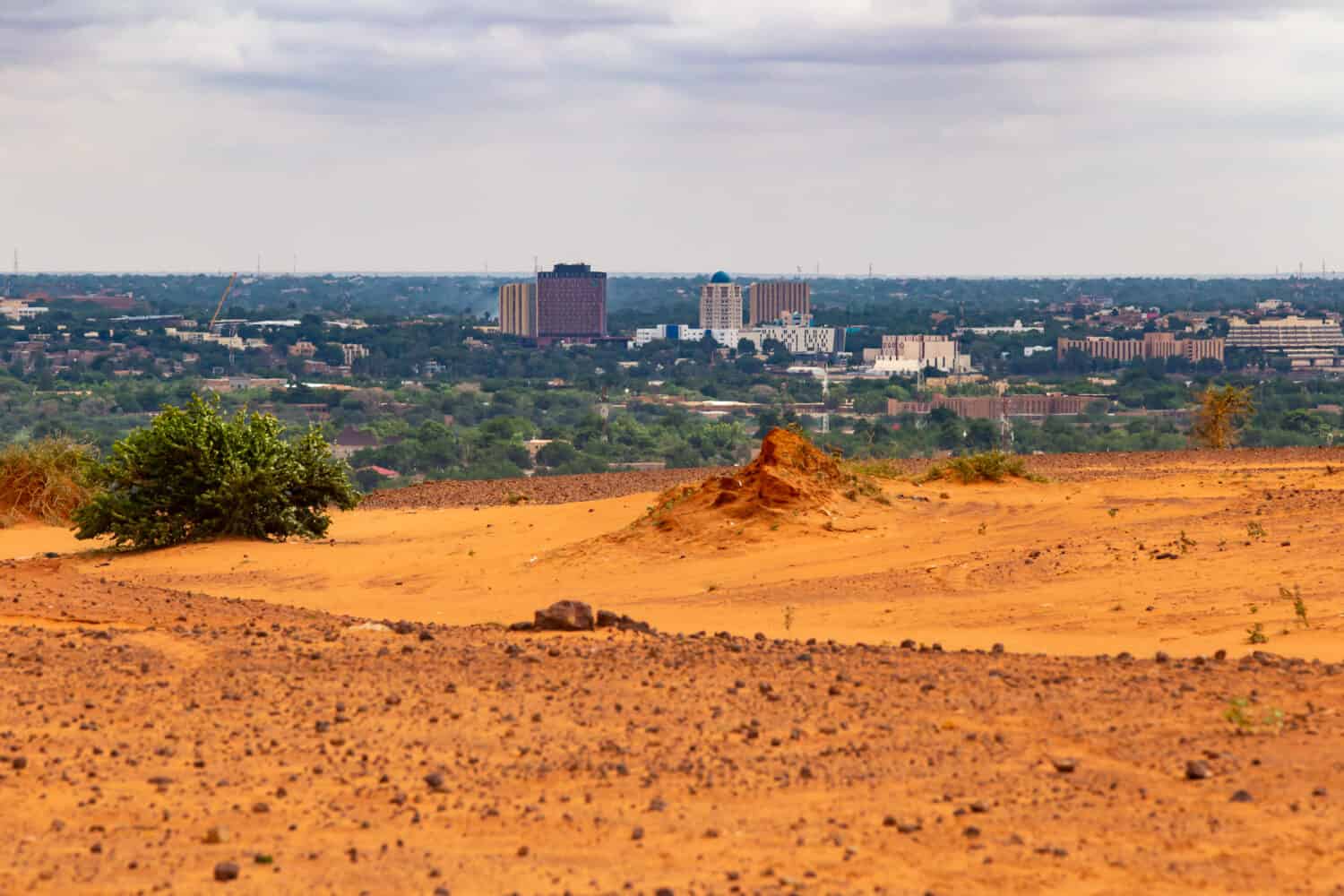
A steadily growing population ensures that Niamey will be one of the top ten cities with populations over 50 million by the year 2100.
©Harmattan Toujours/Shutterstock.com
In 2020, Niamey had a population of about 1.3 million residents. Over the next year, that population increased by 3.19%. Over the next three years, the growth rate increased with the population to 3.41% in 2021, 3.59% in 2022, and 3.83% in 2023.
Just a little over 70 years ago, this capital city had a population of just 24,000. However, Niamy’s current population is 1.4 million people and steadily climbing. With the growth rate increasing as well, the U.N. foresees Niamy being the world’s seventh-largest city in 2100 with a population of about 56.1 million.
6. Khartoum, Sudan

Not only is Khartoum the capital of Sudan, but it’s also a trade and economic center for North
Africa
.
©Feroze Edassery/Shutterstock.com
Sudan’s capital city Khartoum acts as a regional trading and communications center. It began as a military camp for the Egyptian army in the 1820s and didn’t become the capital until 1934. By 1950, the city had 183,000 residents.
Currently, Khartoum is home to more than 6.3 million people. This is a 2.99% increase from 2022. In 2020, the city had 5.8 million people which increased by 2.74% in 2021 and 2.86% in 2022. With the steadily increasing growth rate, the U.N. predicts that Khartoum will have a population of about 56.6 million by 2100.
5. Delhi, India
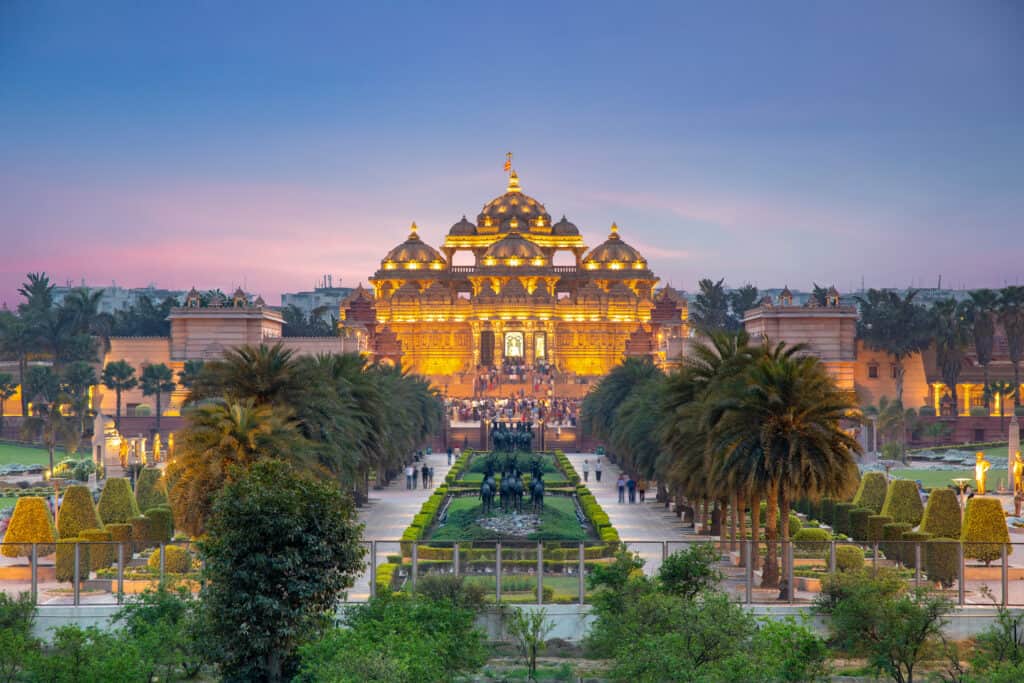
The official name for Delhi is the National Capital Territory of Delhi, and New Delhi is an urban district within it.
©iStock.com/Sean3810
The National Capital Territory of Delhi is a beautiful city with three UNESCO World Heritage sites within it—the Qutub Minar, the Red Fort, and Humayun’s Tomb. It also has over 32.9 million residents within its 573 square miles. That’s a population density of 29,259.12 people per square mile—the highest in the world
In 1950, this city had a population of about 1.4 million. By 2020, the population had grown to almost 31 million. It increased by 2.94% in 2021 and 2.84% in 2022. Between 2022 and 2023, the population had increased by 2.73%. According to predictions by the U.N., by 2100, the National Capital Territory of Delhi will have a population of about 57.3 million.
4. Mumbai, India

The city of Mumbai is home to Bollywood and the Marathi cinema industries.
©iStock.com/Sanjog Mhatre
Mumbai, the capital city of the Indian state of Maharashtra, was once known as Bombay. It’s also the regional financial center. In 2023, it will be the world’s sixth most populous metropolitan area with a population of about 21.3 million.
Mumbai already had a large population of over 3 million people in 1950. By 2020, the population had grown to almost seven times that number with a population of 20.4 million people. Over the following year, the population increased by 1.26%, followed by 1.42% in 2022 and 1.60% in 2023. By the year 2100, the U.N. has predicted that Mumbai’s population will be about 67.2 million.
3. Dar Es Salaam, United Republic of Tanzania
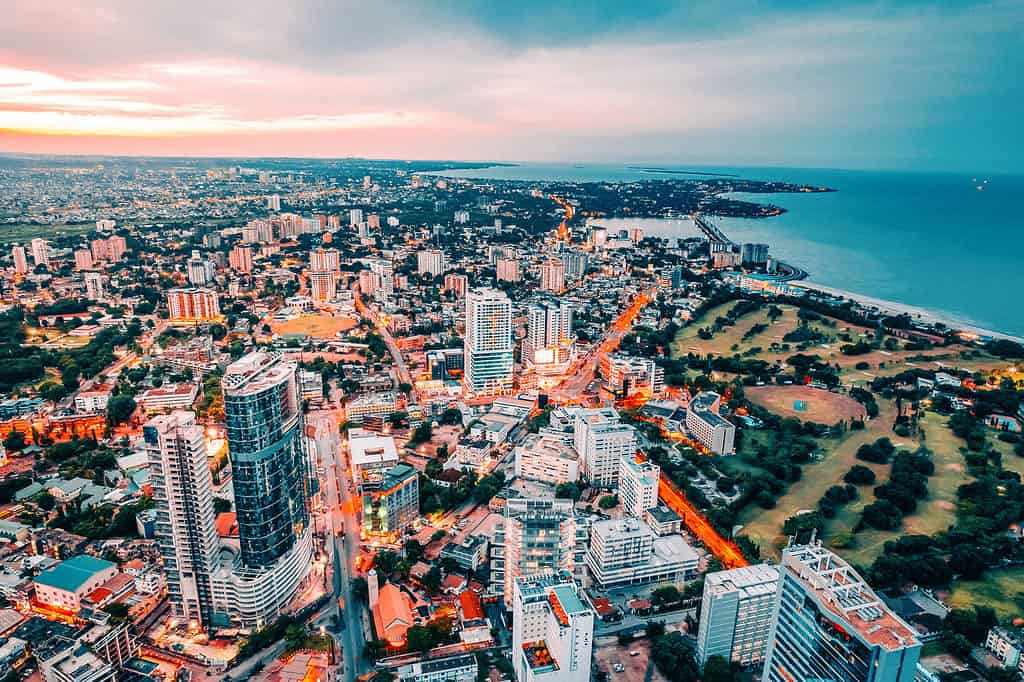
Dar Es Salaam is Tanzania’s financial hub.
©iStock.com/Nelson Aloyce
Once a quiet fishing village, Dar Es Salaam—meaning Abode of Peace—has since grown into a thriving urbanized city of over 7 million people. It is the economic capital of Tanzania as well as its largest city. The sixth-largest city in Africa, Dar Es Salaam is one of the world’s fastest-growing cities.
In 1950, the population of this city was a mere 84,000. The growth rate over the next 73 years has increased so much that, by 2020, the population grew to about 6.7 million. The growth rates for the next three years were 5.15%, 5.08%, and 5.01% respectively.
Today, Dar Es Salaam has a population of about 7.8 million people. With this tropical metropolis continuing to thrive and grow each year, the U.N. predicts that Dar Es Salaam will reach about 73.7 million by the year 2100.
2. Kinshasa, Democratic Republic of the Congo
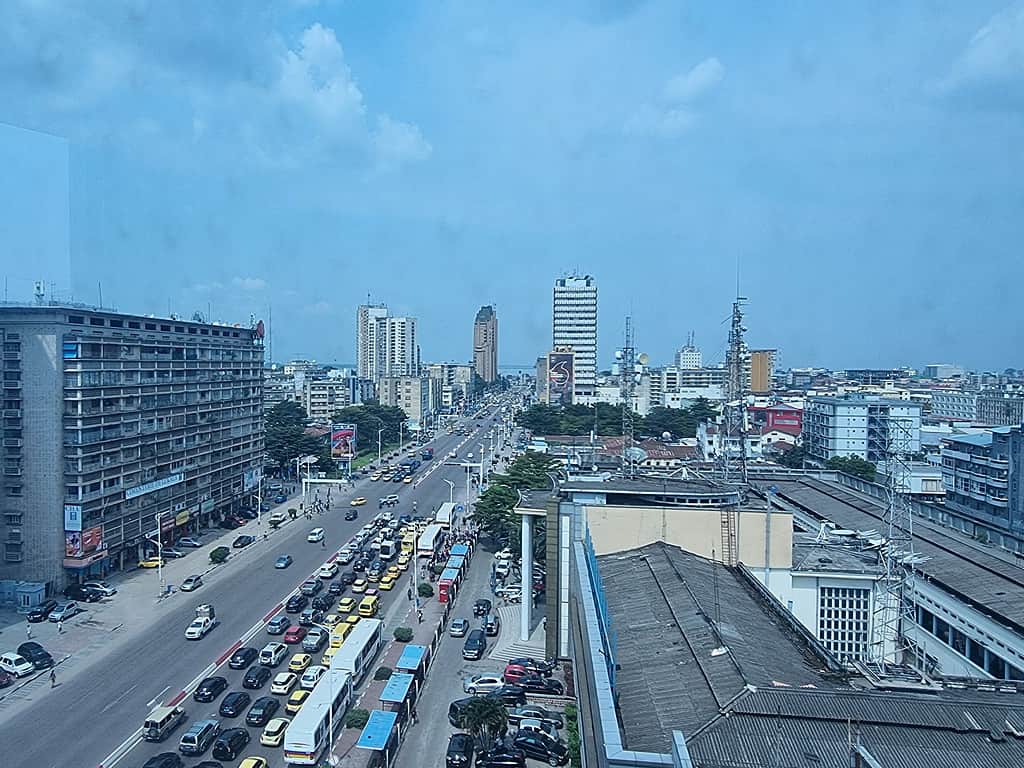
Kinshasa is the capital city of the Democratic Republic of the Congo and has a rich culture and history.
©Fanny Salmon/iStock via Getty Images
Although Kinshasa was once the location of trading and fishing villages along the Congo River, it has since become one of the world’s most rapidly growing megacities. It’s the third-largest metropolitan area in Africa with multiple industries, many federal agencies, and cultural sites. Back in 1950, the city had a population of 202,000, but that number has grown significantly over the years.
By 2020, Kinshasa’s population had increased to 14.3 million. A year later in 2021, that number increased by 4.38%. In 2022 and 2023, the population had increased by 2.40% each year. In 2023, the population rose to 16.3 million people. By 2100, Kinshasa’s population will be about 83.5 million, according to the U.N.’s predictions.
1. Lagos, Nigeria

The city of Lagos has the highest skyline in all of Nigeria.
©iStock.com/Kehinde Temitope Odutayo
Although Lagos was once the capital of Nigeria, it was replaced by the city of Abuja in 1991. Lagos is, however, the country’s most populous city. It is also the economic and financial hub of Nigeria.
The population of Lagos was 325,000 in 1950, but it grew to over 1 million within the next decade and a half. By 2020, the population was about 14.4 million people, increasing by 3.34% over the next year. In 2021, the population grew by 3.44%, and by 3.54% in 2022. In 2023, the population had grown by 3.63% to the current population of 15.9 million people.
The rate of growth has steadily grown by significant amounts from 2019 to 2023. With that continued rate of growth, the U.N. predicts that Lagos, Nigeria will be the largest megacity in the world by 2100 with a predicted population of 88.3 million.
The World’s Population
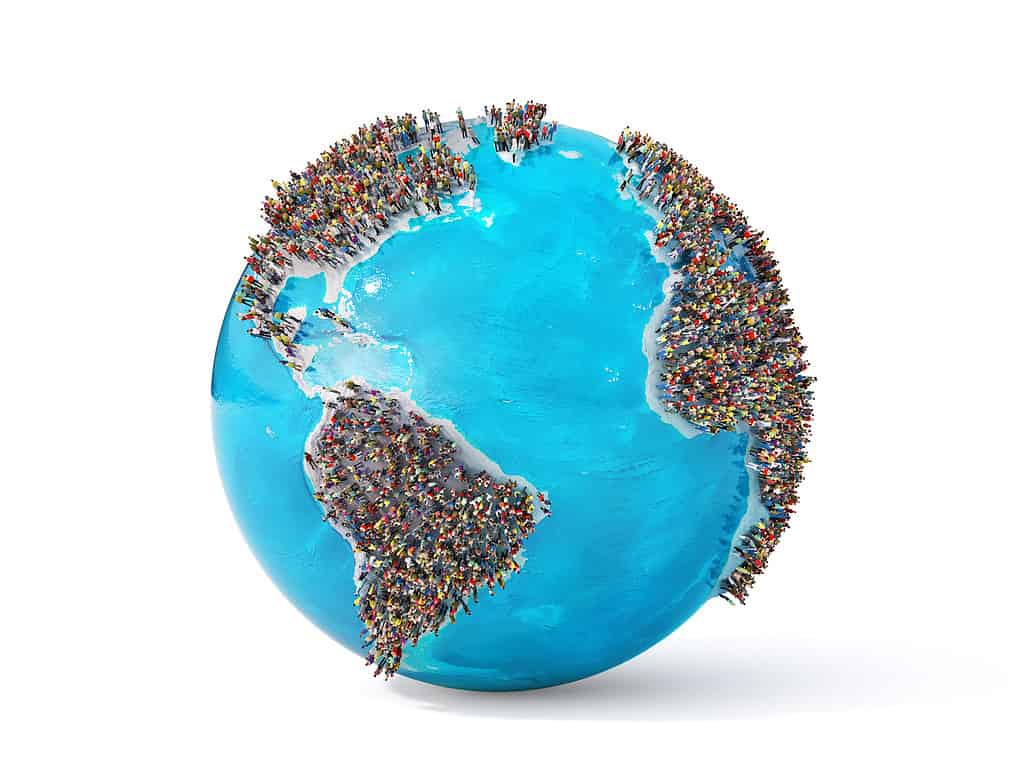
In 1950, the world’s average life expectancy was only 45.51 years. By 2023, that had increased to 73.16.
©urfinguss/iStock via Getty Images
Increased life expectancy is just one of the factors in the world’s population growth. In 1950, the population of our planet was 2,499,322,157 people. For each year afterward until 2023, that number has only grown. In 2023, the world’s population is 8,045,311,447. The U.N. predicts that the population of our planet by 2100 will be 10,349,323,040 people.
Summary Table of Top 10 Cities With Populations Over 50 Million by 2100
| Rank | City, Country | Predicted 2100 Population |
|---|---|---|
| 1 | Lagos, Nigeria | 88.3 million |
| 2 | Kinshasa, Democratic Republic of the Congo | 83.5 million |
| 3 | Dar Es Salaam, United Republic of Tanzania | 73.7 million |
| 4 | Mumbai, India | 67.2 million |
| 5 | Delhi, India | 57.3 million |
| 6 | Khartoum, Sudan | 56.6 million |
| 7 | Niamey, Niger | 56.1 million |
| 8 | Dhaka, Bangladesh | 54.2 million |
| 9 | Kolkata, India | 52.4 million |
| 10 | Kabul, Afghanistan | 50.3 million |
Thank you for reading! Have some feedback for us? Contact the AZ Animals editorial team.

